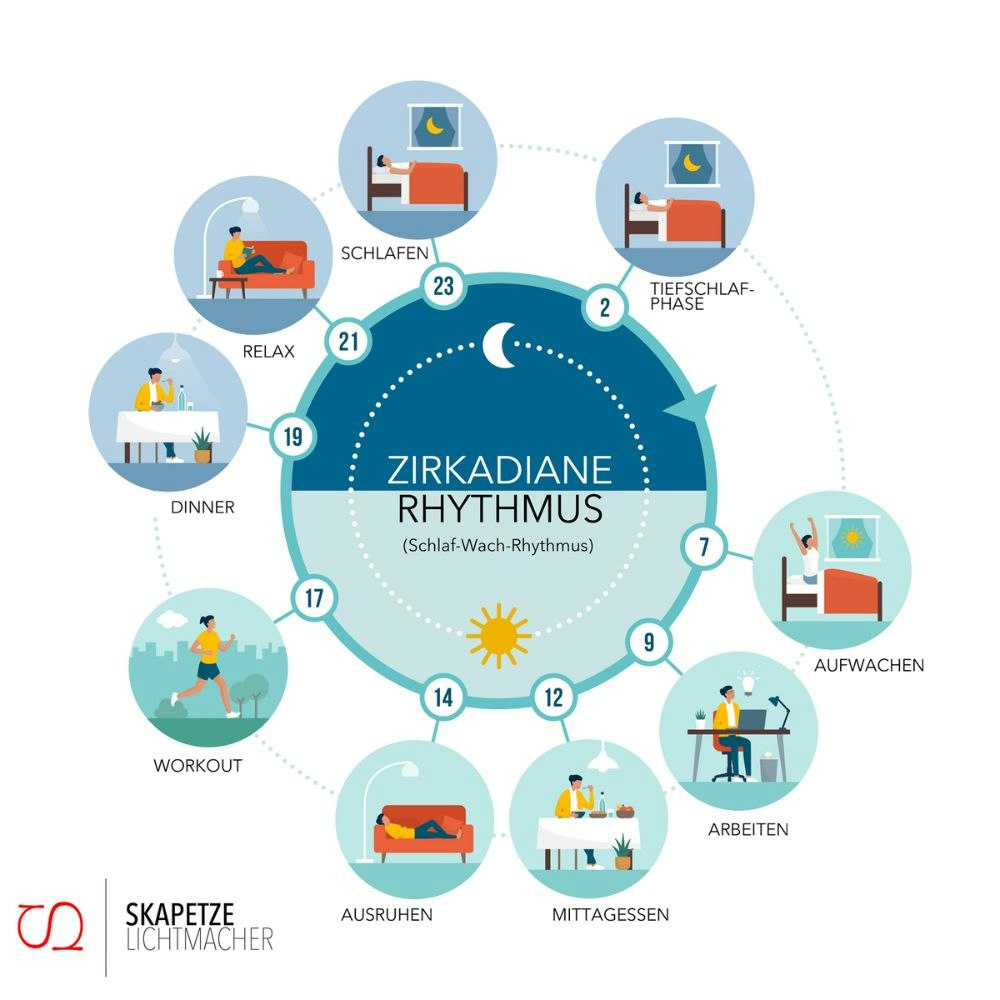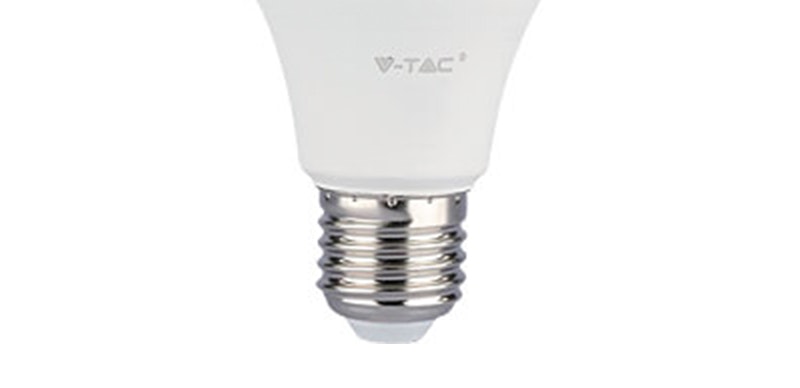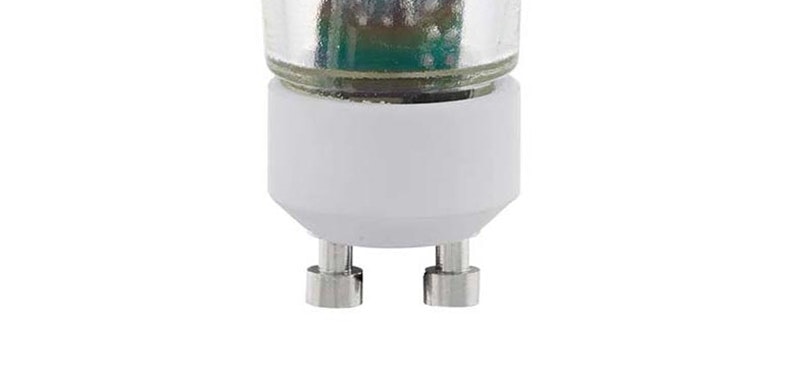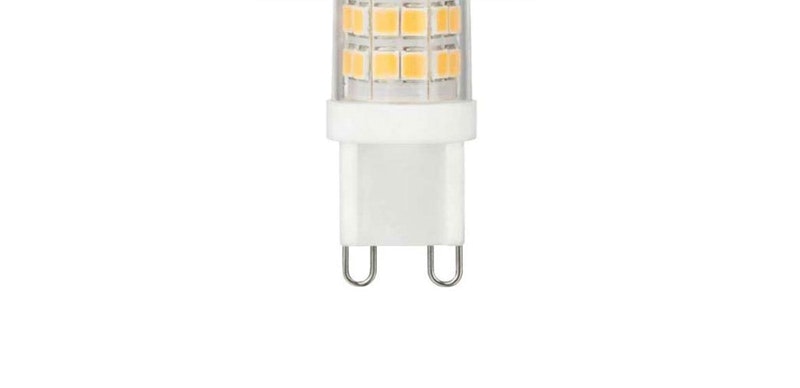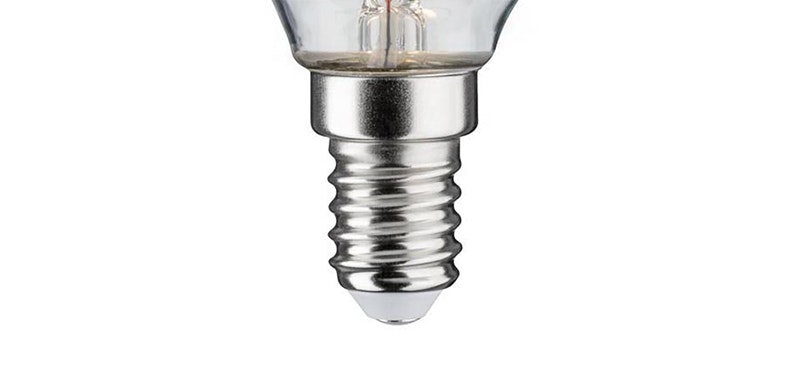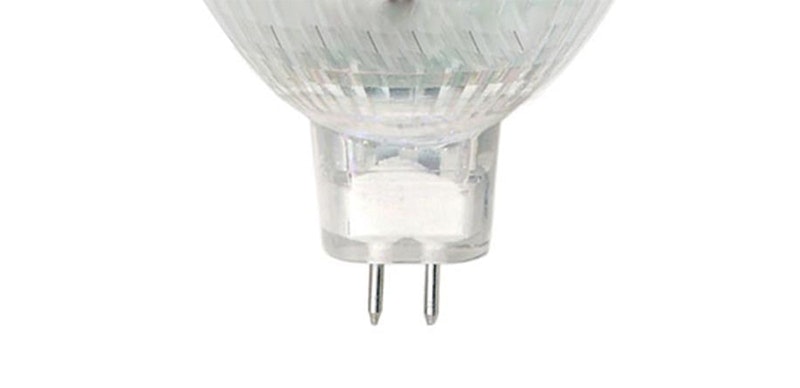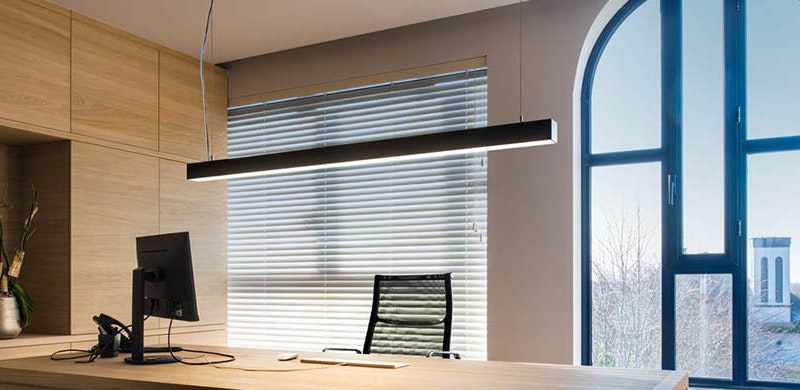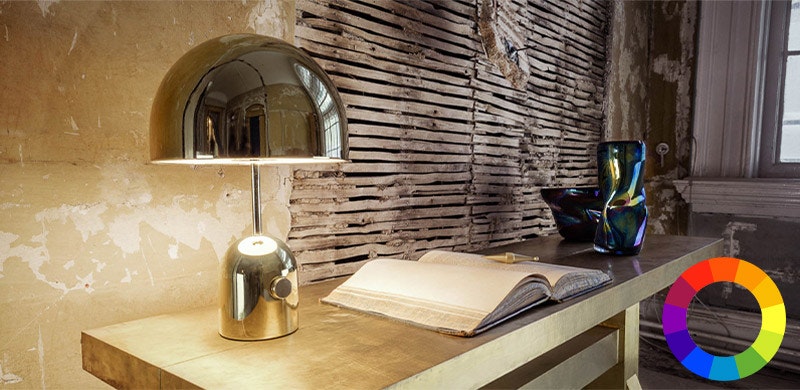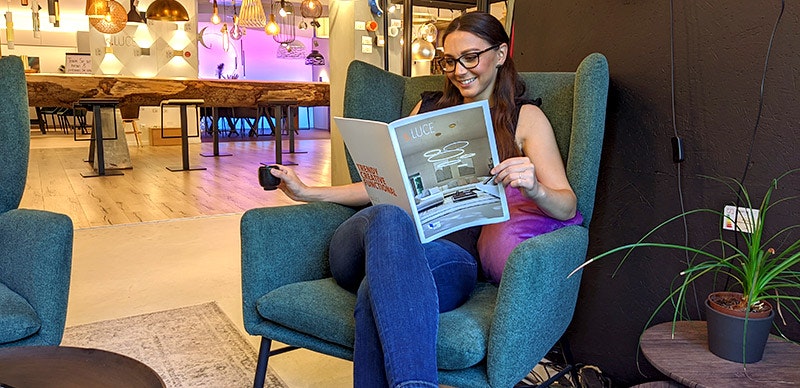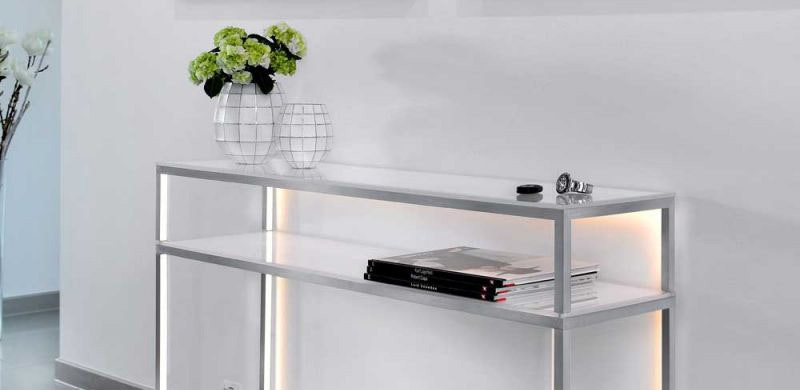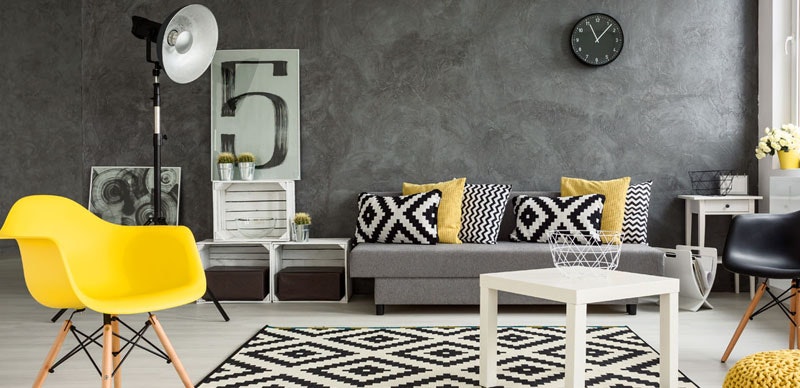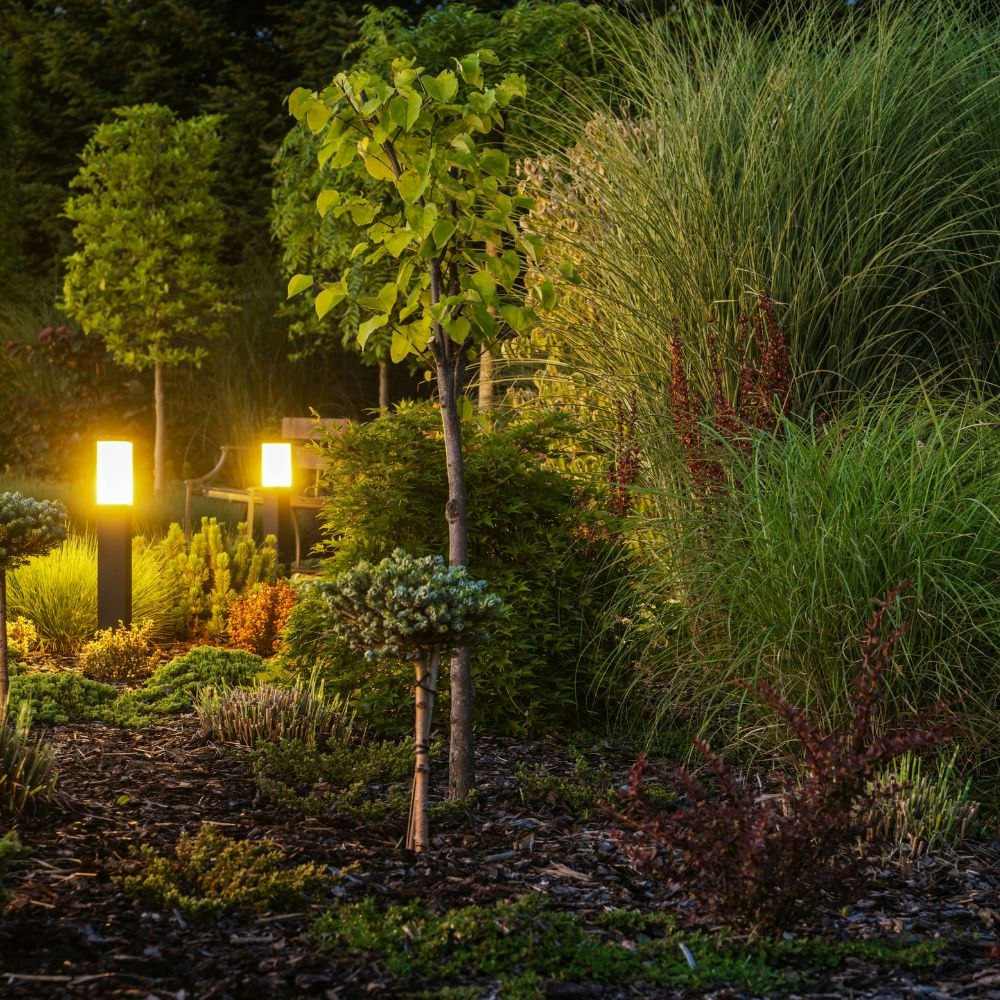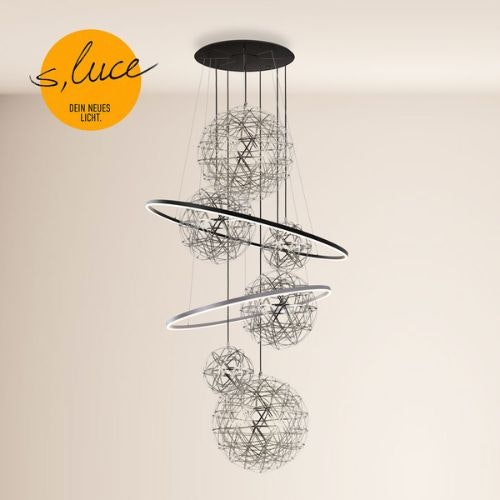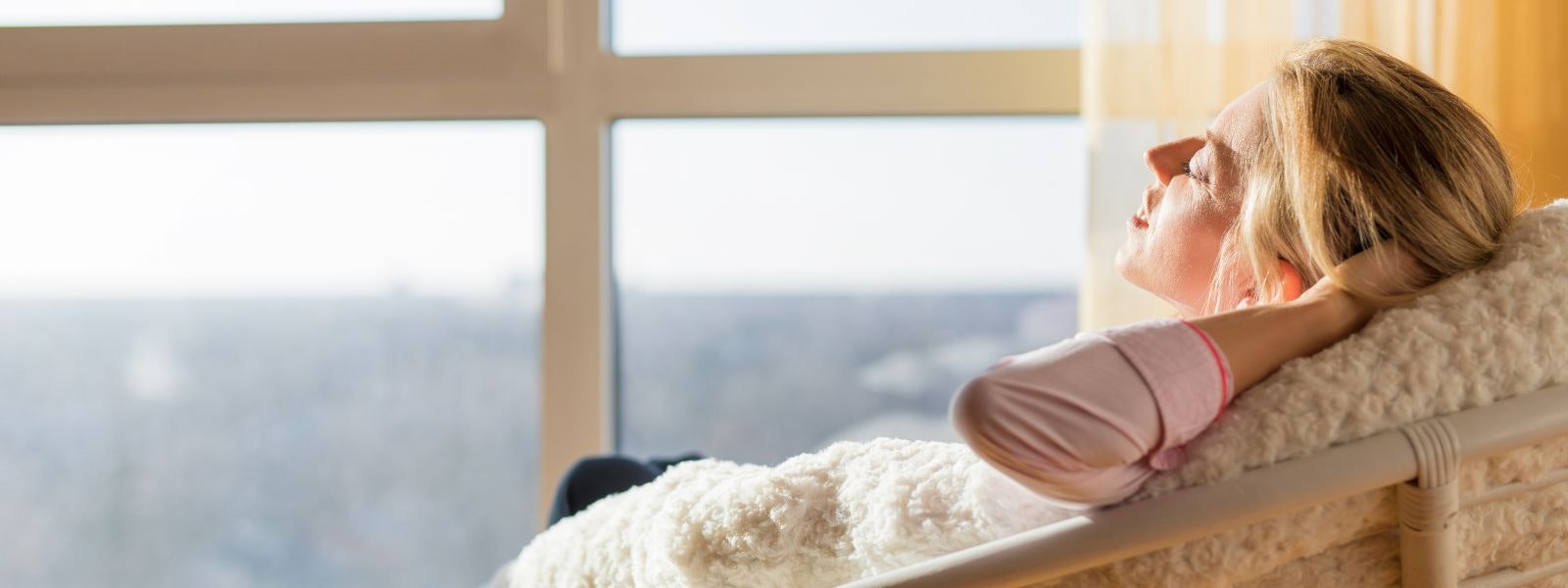
To what extent does light affect well-being and productivity?
Light as the elixir of life
Light plays a crucial role in your life. Whether it's to improve your well-being, enhance your mood or increase your productivity, the right lighting can make all the difference. In this article, you will learn how light can affect your well-being and how to find the right lighting for your home or office.
What effects does natural light have on the human body?
Imagine waking up and opening the curtains to the warm, gentle rays of the morning sun. Your body reacts immediately. Daylight not only promotes your physical well-being by supporting the production of vitamin D, but also boosts your mood and helps you start the day awake and full of energy. But it is not only natural light that has an effect onyour well-being. Artificial light can also influence your mood, concentration and productivity. It is important to choose the right lighting for your living or working space.
Bright, white lights can help you concentrate and are ideal for the workplace, while warm, subdued lighting at home can help you relax and feel more comfortable. Use adjustable light sources to adjust the lighting to your needs. A dimmable desk lamp, for example, helps you to regulate the light intensity according to your needs, so that your eyes tire less quickly and you can work more productively.
The choice of the right light colour also has a great influence on your well-being. Did you know that blue light can inhibit melatonin production and is therefore better suited to keep you awake? On the other hand, warm light with a high red content promotes relaxation and is ideal for the evening hours. In summary: Pay attention to the quality and intensity of the light in your environment. It is more than just a means to dispel darkness. It affects your well-being, your mood and your productivity. Use it wisely to enjoy your life to the fullest.
Over time, lighting technology has greatly improved and now offers you a variety of options to create the perfect lighting environment for you. For example, you can integrate smart light bulbs into your home that can be adjusted in their brightness and light colour. They allow you to personalise your lighting design to suit your daily routine and individual needs. Thus, a gentle wake-up with simulated sunrise light can facilitate the start of the day, while an automatically dimmed light in the evening helps you to come to rest.
How does the positioning of light influence well-being?
The positioning of light sources also has a great influence on your well-being. Placing light sources at different heights creates a harmonious atmosphere and avoids unpleasant shadows. Indirect light reflected from the ceiling or walls provides even illumination of the room and is pleasant for the eyes. Using daylight lamps can be another way to increase your productivity, especially in the darker months of the year.
These special lamps simulate natural daylight and can help fight the so-called "winter blues" and boost your energy and mood. And don't forget to give your eyes regular rest, especially if you spend a lot of time in front of a screen. Taking short breaks to gaze into the distance can help reduce eye fatigue and stress. So, take advantage of the possibilities offered by modern lighting technology. Experiment with different light sources, brightness and colours to create the perfect lighting environment for your well-being. With the right lighting, you can improve your mood, increase your productivity and lead a healthier and happier life. Why is natural light so important for your well-being?
- Natural light boosts your mood and can help alleviate depression and seasonal affective disorder.
- Daylight supports the production of vitamin D in your body, which is important for your bone health and immune system.
- It improves your sleep quality by regulating your natural sleep-wake cycle, also known as the circadian rhythm.
What role does artificial light play in your daily life?
- Artificial light allows you to be productive regardless of the time of day or weather conditions.
- It helps you create different moods and atmospheres in your rooms. Warm light promotes relaxation, while cold light can increase concentration.
- With modern, intelligent lighting systems, you can adjust your lighting to your individual needs.
How can you improve the lighting in your home?
- Use natural light as much as possible. Open the curtains or blinds during the day and set up your workspace near a window. Experiment with different types of artificial light.
- Try different colour temperatures and brightness levels to find out what suits you best. Pay attention to the placement of your light sources.
- Use both direct and indirect light to avoid unpleasant shadows and create a pleasant atmosphere.


How can light improve your sleep quality?
Another important aspect to consider is the impact of light on your sleep quality. Since your circadian rhythm is strongly influenced by light, the right lighting can lead to better sleep quality, so consider how light affects your sleep by avoiding bluish light in the evening and exposing yourself to bright light in the morning to support your circadian rhythm.
Exposure to bright light during the day and darkness at night helps maintain your natural sleep-wake cycle. Blue light emitted from electronic devices such as smartphones, tablets and computers can disrupt your circadian rhythm if consumed in the evening. It is also recommended to wear glasses with blue light filters to relieve eye strain.
This is because it suppresses the production of melatonin in your body, a hormone that helps you fall asleep. Therefore, it is recommended to avoid blue light before going to bed or to use a "night mode" on your devices that changes the colour temperature of the screen to yellowish and thus reduces blue light.
How can the right lighting contribute to better mental health?
Proper lighting can also help improve your mental health. An adequate amount of natural light can help lift your mood and relieve symptoms of depression and seasonal affective disorder. This is because daylight stimulates your body's production of serotonin, a hormone that regulates your mood and helps you stay alert and focused. But the lighting in your home can also have a big impact on your mental health. Lighting that is too dark can promote feelings of sadness and depression, while lighting that is too bright can make you feel restless or stressed.
Therefore, it is important to find a balance and choose lighting that contributes to your well-being. Finally, consciously designing your lighting can help reduce stress and promote relaxation. Warm, dim lighting, perhaps combined with candlelight, can create a calming and relaxing atmosphere that helps you wind down and unwind after a busy day.
Understanding how light affects your health and well-being can help you make conscious choices about the lighting in your home and workplace. With the right lighting conditions, you can increase your productivity, improve your sleep quality and boost your mental health. How can light affect your energy levels? In addition to affecting your well-being and sleep quality, light can also increase your energy and vitality. You may have noticed that you feel more energetic on sunny days.
This is no coincidence. Exposure to bright light, especially in the morning, can increase energy levels and help you to be awake and alert. This energy comes not only from the brightness of the light, but also from its colour temperature. Blue light, which is similar to daylight, has been shown to be particularly effective in increasing alertness and improving performance. Therefore, using light sources with blue light, such as LED lights or special daylight lamps, can help increase your energy and productivity during the day.
Can light influence your creativity?
Yes, it can! Research has shown that creativity can also be influenced by lighting. Different lighting conditions can encourage different types of thinking. While bright light enhances analytical and critical thinking, dim light can enhance creativity and innovative thinking. So if you're looking for new ideas or have a creative problem to solve, it might be helpful to adjust your lighting accordingly. Try it out and experiment with different lighting conditions to see how they affect your creative abilities.
How can light improve your overall well-being?
Light has a direct link to our well-being. Well-designed lighting can help create a comfortable and inviting environment that lifts your mood and contributes to your overall well-being. It can also help visually enlarge and enliven your living or working space. A mix of direct and indirect light can highlight different areas and create depth and contrast in your space.
In addition, light can also improve the aesthetics and ambience of your space. With the right lighting, you can create a warm, cosy feeling or achieve a cool, modern look. Overall, light is a powerful tool that can influence your life in many ways. With the right lighting, you can boost your mood and energy, enhance your creativity and improve your overall well-being. So it's worth taking the time to be intentional about the lighting in your home and workplace. How can bedroom lighting improve your sleep? The lighting in your bedroom plays a crucial role in the quality of your sleep. Here are some aspects you should consider:
- Darkness: Our body produces melatonin, the "sleep hormone", when it gets dark. Therefore, it is important to keep your bedroom as dark as possible. Use blackout curtains or sleep masks to block out disturbing light.
- Warm light: Use warm light in the hours before bedtime. It is less stimulating for the brain and helps you fall asleep.
- Blue light: Avoid blue light in the hours before bedtime. It can disrupt your natural sleep-wake cycle and make it harder to fall asleep. Light in the morning: Try to get natural light in the morning. It can wake up your body and support your circadian rhythm.
How can light in the study increase your productivity?
The lighting in your study has a big impact on your productivity and concentration. Here are some points to consider: Brightness: Adequate lighting is important to avoid eye strain and headaches. Make sure your workspace is well lit, but avoid overly bright light that can be blinding. Daylight: If possible, work near a window. Natural light is better for your eyes and can boost your mood and productivity. Cool light: Cool light can help keep you awake and alert.
You could consider a desk lamp with a cool light spectrum. Variety: Change the lighting during the day. A brighter, cooler shade of light can help you wake up in the morning, while a warmer light can be more relaxing in the afternoon or evening. Overall, consciously designing the lighting in your bedroom and study can have a big impact on your well-being, sleep quality and productivity. So it's worth taking the time to find the perfect lighting for each room. How can lighting at school boost learning performance? The learning environment at school plays a crucial role in student productivity and engagement, and lighting is an important part of this. Here are some optimisation suggestions on how lighting in schools could be designed to increase learning performance:



Why should you use natural light as much as possible?
Use natural light wherever possible
Natural light is ideal for the learning environment. It can enhance the mood and well-being of students and improve their concentration and productivity. In addition, natural light also has positive effects on students' circadian rhythms, which can lead to better sleep quality and overall well-being. Therefore, access to natural light should be considered in school architecture, for example through large windows, skylights or translucent materials.The circadian rhythm, also known as the internal clock or sleep-wake cycle, is a natural cycle that occurs within approximately 24 hours and determines physiological processes in almost all living things.
This rhythm influences a variety of functions, including sleep patterns, eating behaviour, hormone production, cell regeneration and even moods. The inner clock is mainly controlled by light and darkness in our environment. When light hits your eyes in the morning, it sends signals to your brain to wake up and stop producing melatonin, the sleep hormone. In contrast, darkness in the evening signals your brain that it is time to prepare for sleep by stimulating melatonin production.
However, many factors can disrupt our circadian rhythm, including jet lag, shift work, poor sleep habits and even exposure to artificial light at night, especially blue light from electronic devices. Disruption of the circadian rhythm can lead to a variety of health problems, including sleep disturbances, depression, cardiovascular disease and even an increased risk of certain types of cancer. It is important to keep our circadian rhythm in balance to support our health and well-being. This means that we should expose ourselves to enough natural light, especially in the morning hours, maintain regular sleeping and eating times, and minimise exposure to artificial light in the evening hours. In this context, consciously designing the lighting in our environment - whether at home, at school or at work - can play a crucial role.
Encourage dynamic lighting
Lighting in schools should not be static, but should change throughout the day to match the natural circadian rhythms of students. In the morning, lighting should be brighter and cooler to promote alertness. In the afternoon, lighting can be warmer and more subdued to create a more relaxed atmosphere.
Use adaptable lighting systems
Different learning activities require different lighting conditions. For example, bright, direct lighting may be needed for reading or writing, while softer, indirect lighting may be more appropriate for creative thinking or group activities. Adaptable lighting systems that allow the brightness and colour temperature of light to be changed can be a flexible solution to support different learning conditions.
Avoid glare and poor visibility
Glare can reduce visibility and cause eye strain, which can lead to headaches and fatigue. Therefore, it is important to design lighting to avoid glare. Even illumination of the room is also important to avoid shadows and poor visibility. Overall, well-designed lighting in schools can help create an optimal learning environment that promotes student productivity and engagement. It is therefore important to adopt a deliberate and thoughtful lighting strategy when designing school buildings. Light plays a crucial role in our well-being, productivity and learning abilities.
Consciously designing lighting in different environments - whether at home, at school or at work - can help to lift mood, increase energy and improve sleep quality. It is important to use natural light, choose the right colour temperature and encourage dynamic lighting. With the right lighting, we can not only create a pleasant and productive environment, but also improve our overall well-being.
Improved learning behaviour in schools
The future of education could be significantly changed and improved through the conscious use of light. By adapting lighting to students' natural circadian rhythms, schools could help improve students' well-being, concentration and ultimately learning performance. In the early morning hours, for example, cool, bright light similar to natural daylight could be used to increase students' alertness and attention. This could help students to be more alert and receptive to new information. Then, as the day progresses, the lighting could gradually become warmer and more subdued to create a more relaxed and calming learning environment. This could help reduce stress and anxiety and promote the overall well-being of students. In addition, adaptable lighting systems could be used to adjust the lighting to the specific needs of each lesson.
For example, bright, direct lighting might be required for reading or writing, while softer, indirect lighting might be more appropriate for creative thinking or group activities. The use of natural light should also be encouraged wherever possible. Research has shown that natural light can enhance students' mood and sense of well-being, which in turn improves their ability to learn. Ultimately, these changes in the way we use light in schools could help create an optimal learning environment that is attuned to students' needs and natural rhythms. This could lead to improved learning performance, increased concentration and improved student well-being - ultimately helping to shape the schools of the future.


Conclusion - This is how you do everything right!
Lighting plays an essential role in every room. It not only affects our vision, but also our mood, productivity and overall well-being. However, choosing the right lighting can be challenging as it should be based on the purpose and use of the space in question.
Choosing the right lighting can make a significant difference in any room, whether it's creating an inspiring work environment in the office or providing a relaxing atmosphere in the bedroom. The quality of light can help us feel energised, focused or relaxed and can have a positive impact on our overall wellbeing.
If you are still undecided about how to implement lighting in your home, why not make an appointment with the lighting designers at Skapetze for a personal consultation and the development of an individual lighting concept ?
You are also welcome to visit us on site in Simbach am Inn at , Bavaria's largest lighting studio .
If you already have a concrete idea of how the luminaires should look in your home, we can help you turn this idea into reality - our in-house workshop makes it possible.
